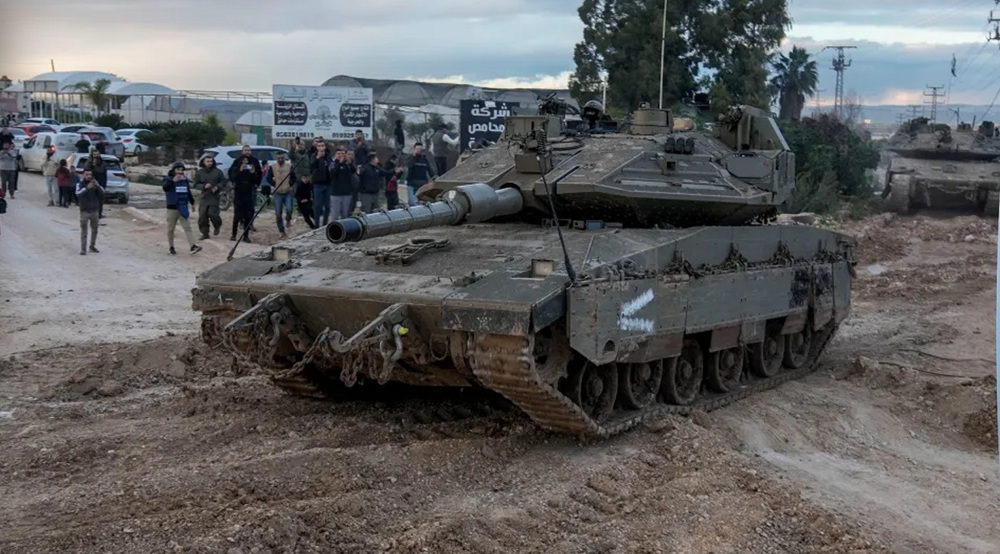Over 30 years, and Sardasht chemical attack implications linger
Yusef Jalali
Press TV, Tehran
Iran has marked the 33 anniversary of Iraq’s 1987 chemical attack on the city of Sardasht in West Azerbaijan Province.
Photos of bodies lying on the ground in the northwestern city of Sardasht are still heart-wrenching to watch after three decades.
On such a day in 1987 and during the last two years of the Iraqi imposed war on Iran, Iraqi bombers attacked four densely populated parts of Sardasht with fatal chemical gasses. At least 110 people were killed and 5,000 more were injured.
Every year, Iran commemorates the victims of Sardasht chemical attack and honors the survivors who are still suffering from the consequences.
Sardasht was the third city after Japan’s Hiroshima and Nagasaki to become the target of weapons of mass destruction.
The footprints of the US could be also traced in Sardasht. Former Iraqi dictator Saddam Hussein possessed a huge arsenal of chemical weapons, which were reportedly produced using materials supplied by the US and other Western countries.
Rapping the US for its support for Saddam Hussein, Iranian officials have on different occasions urged the international community to bring the perpetrators to justice.
After three decades, the city of Sardasht is still reeling from the consequences of Iraq’s chemical bombardment, since many of the survivors still have to live with the long term respiratory and even psychological effects of inhaling mustard gas used in the attack.
It is estimated that more than 100,000 survivors of chemical warfare live in Iran. To them, this is not considered survival, since the nightmarish memories of the incident still grip their minds every time they breathe.

Iranian Kurdish protesters demand European action against PKK, PJAK terror

Spaniards fill streets of Cádiz in solidarity with Palestine

Israel expands offensive in northern West Bank, deploys tanks to Jenin
Israel’s massacres won’t grant it ‘legitimacy’: Hamas on 31st anniversary of Ibrahimi Mosque tragedy
French leader decries ‘unprecedented diplomatic scandal’ after Israel bars European MPs
VIDEO | Washington’s failed projects
VIDEO | Islamabad exhibition exposes Israeli atrocities in Gaza
Trump rescinds arms sales regulation in favor of Israel, sources say
Iran’s president vows to accelerate cooperation with Russia
Palestinian says Israeli jailers poured acid on him during interrogation
Iran, Turkmenistan seek increased cargo transit via railways






 This makes it easy to access the Press TV website
This makes it easy to access the Press TV website